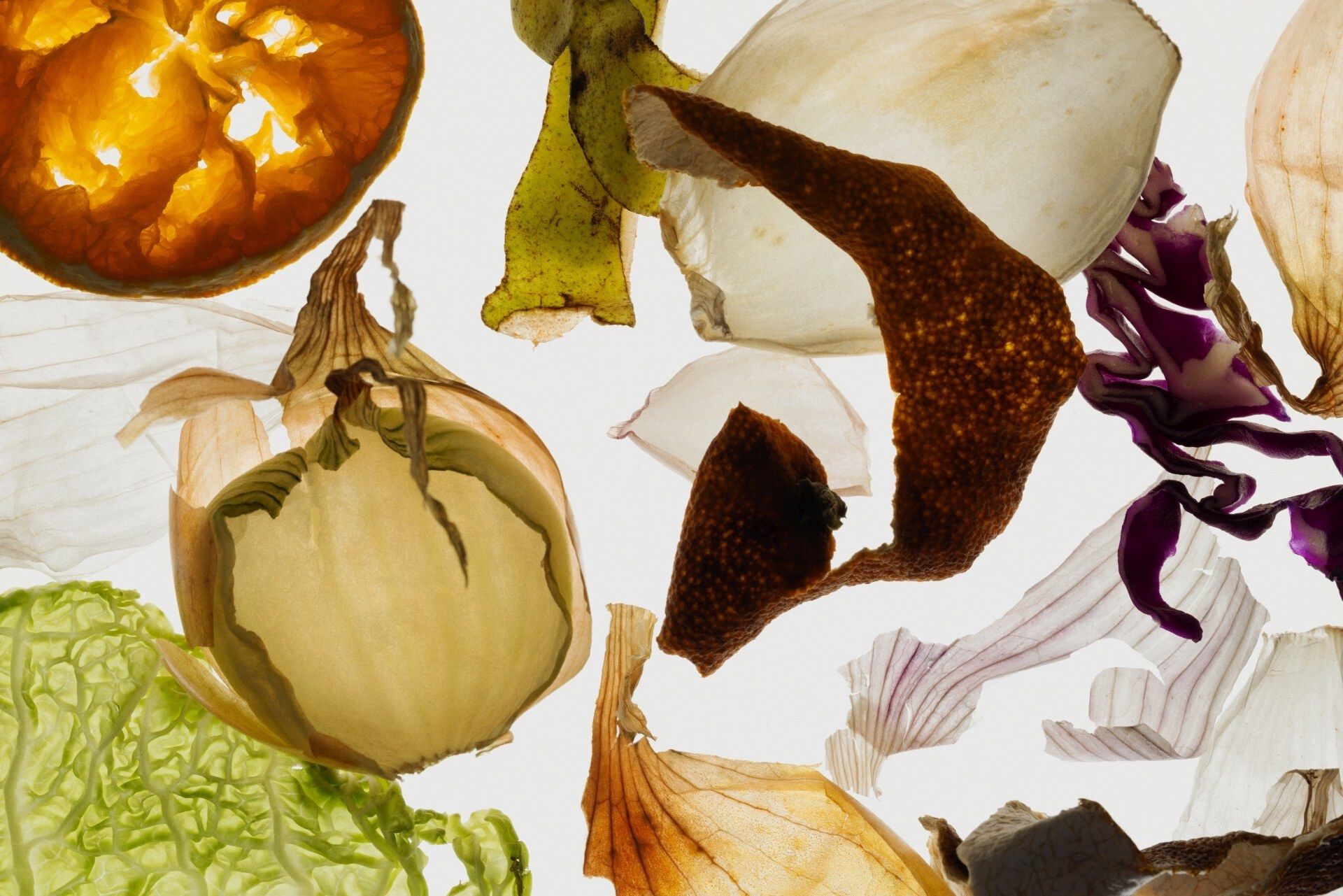From waste to good taste: the new frontier of food upcycling

As our world teeters on the brink of a critical juncture, we are confronted with a daunting task: how to feed the growing population while also protecting our scarce resources? It is evident that for our planet to survive, we must embrace innovative, sustainable, and resourceful food solutions.
In recent years, the food industry has already spawned multiple alternatives for traditional, unsustainable foods. However, these novel food products also generate a significant volume of by-products. Take plant-based milk, for instance: its production results in a staggering 50% of by-products when compared to the original plant material used in the process. These by-products are predominantly wet fibers and proteins that are not used in the final product.
These inescapable by-products of food production are not only squandered resources but also bear monetary consequences, as waste treatment costs continue to soar. Fortunately, modern technology has already brought forth innovative methods to upcycle these side streams into valuable proteins and fats. By integrating these upcycled components into new products, we can diminish the environmental footprint of food production systems, optimizing resource utilization and avoiding wasting valuable materials.
Sustenance meets sophistication: nutritious and delectable
Transitioning towards sustainable food solutions requires finding a balance between health and taste. Ensuring our meals remain rich in protein and vital nutrients is paramount to maintaining our well-being. As we gradually reduce our meat consumption, it becomes essential to find alternative sources of iron that can be easily absorbed by our bodies. Enter upcycled food products: not only do they offer iron in a more digestible form, but they also create proteins and lipids with minimal greenhouse gas emissions, all while repurposing otherwise discarded materials.
However, being nutritious is not enough: to cement their place in our daily diets, these culinary innovations must also delight our taste buds. As we venture into the future, we will learn how to utilize our food resources to the last drop but ultimately only the products that succeed in satisfying the consumers’ palates will survive the market.
In this epoch of food system transformation, food upcycling ushers in a bright future where sustainability, nutrition, and flavor unite, redefining our understanding of waste and charting a new course for the food, feed, and pet food sectors. It is now the moment for consumers and industry professionals to welcome this groundbreaking shift and savor the abundant opportunities it offers.
